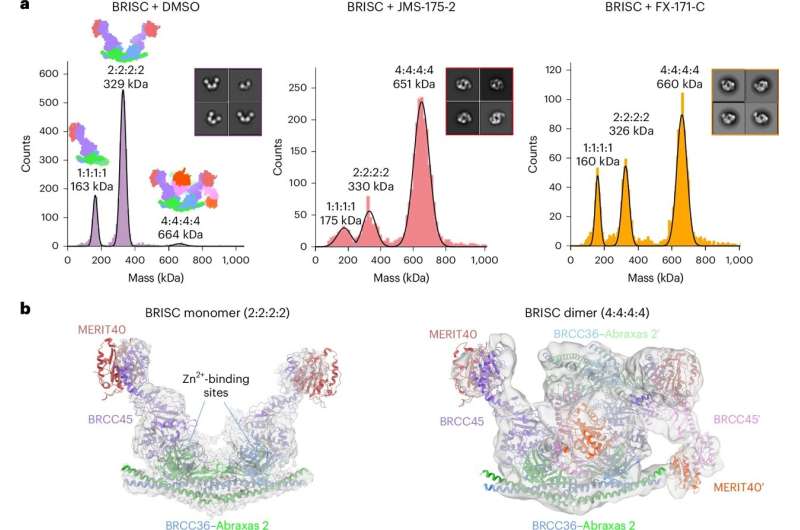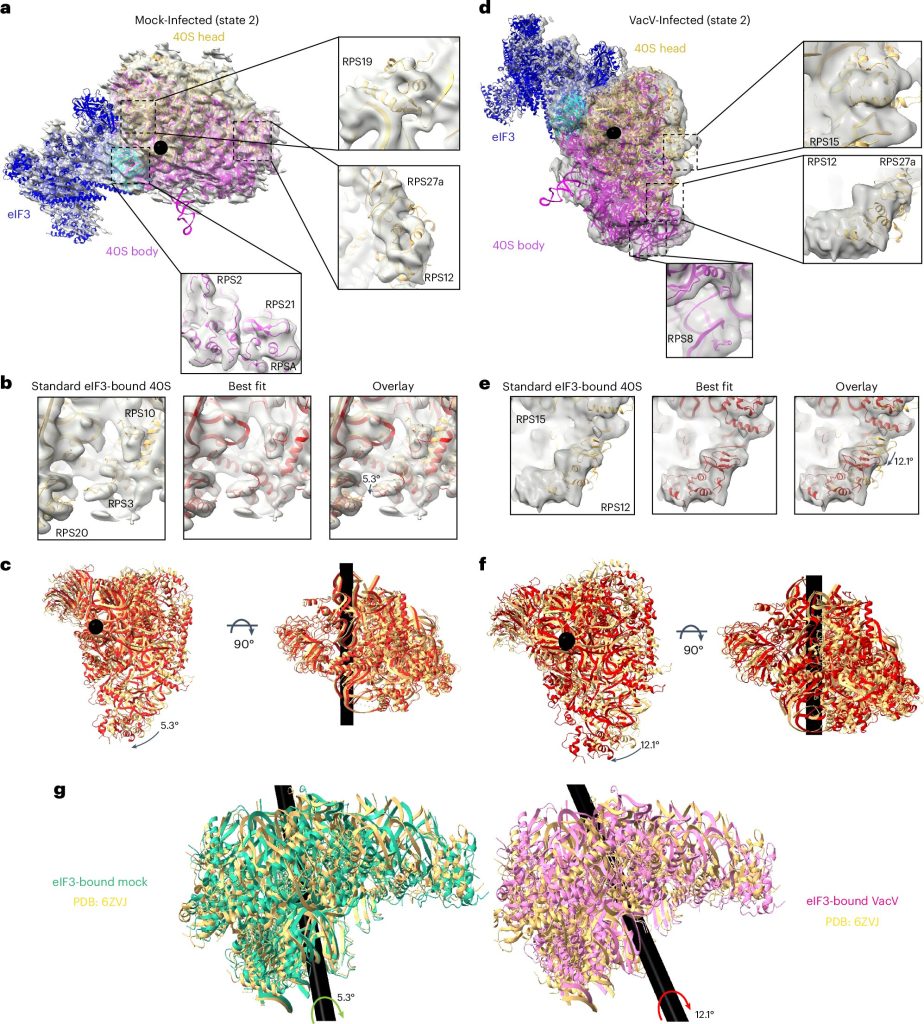
Researchers have found a new type of “molecular glue” that can be used to stop certain harmful protein interactions. The study’s results were published in the article, “Molecular glues that inhibit deubiquitylase activity and inflammatory signaling,” in Nature Structural & Molecular Biology.
The study was led by Joseph Salvino, Ph.D., from The Wistar Institute, along with Elton Zeqiraj, Ph.D., from The University of Leeds and Roger Greenberg, M.D., Ph.D., from The Perelman School of Medicine at the University of Pennsylvania.
“Molecular glues are an exciting new field of research that allows us to combat diseases by working together with the body’s systems rather than against them,” said Dr. Salvino. “By sticking together an inactive form of the BRISC complex with our system, we can reduce the continuous inflammatory signaling caused by dysfunctional BRISC complex activity.”
Deubiquitylases, or DUBs, are enzymes responsible for regulating protein stability. Abnormal DUB activity can lead to harmful signaling in diseases like lupus, caused by excessive inflammation.
The researchers used a new technology called Molecular Glue to create an inactive complex that counteracts the pathological inflammatory signaling due to dysfunctional DUB activity.
This technology has shown promise in preclinical studies, reducing interferon signaling in blood samples from patients with autoimmune diseases like scleroderma.
The researchers believe that this approach could provide a new way to develop treatments for conditions with dysregulated DUB activity such as lupus.
More information:
Francesca Chandler et al, Molecular glues that inhibit deubiquitylase activity and inflammatory signaling, Nature Structural & Molecular Biology (2025). DOI: 10.1038/s41594-025-01517-5
Citation:
‘Molecular glues’ offer a possible therapeutic approach for autoimmune conditions (2025, April 14)
retrieved 14 April 2025
from
This document is subject to copyright. Apart from any fair dealing for the purpose of private study or research, no
part may be reproduced without the written permission. The content is provided for information purposes only.


